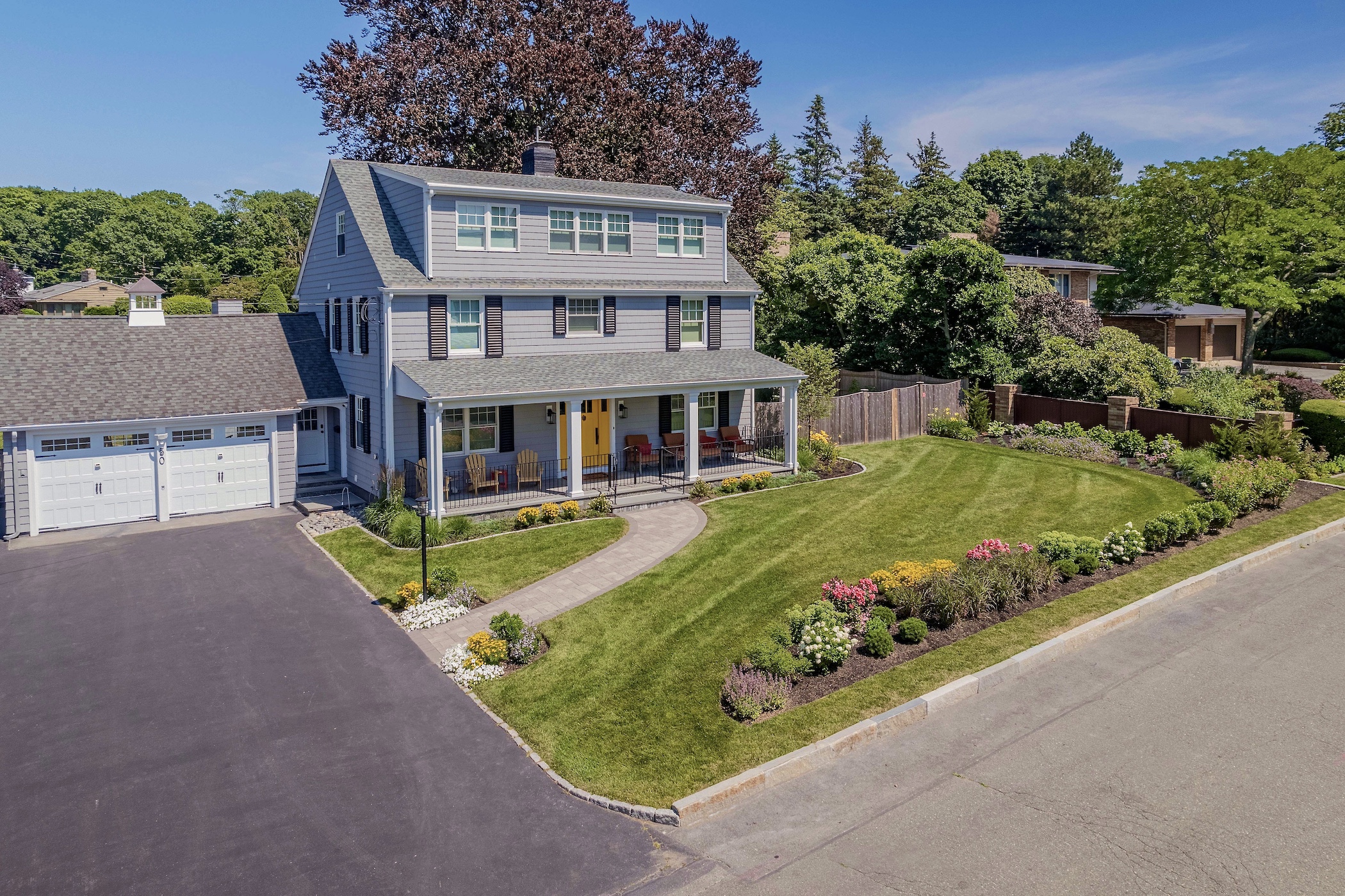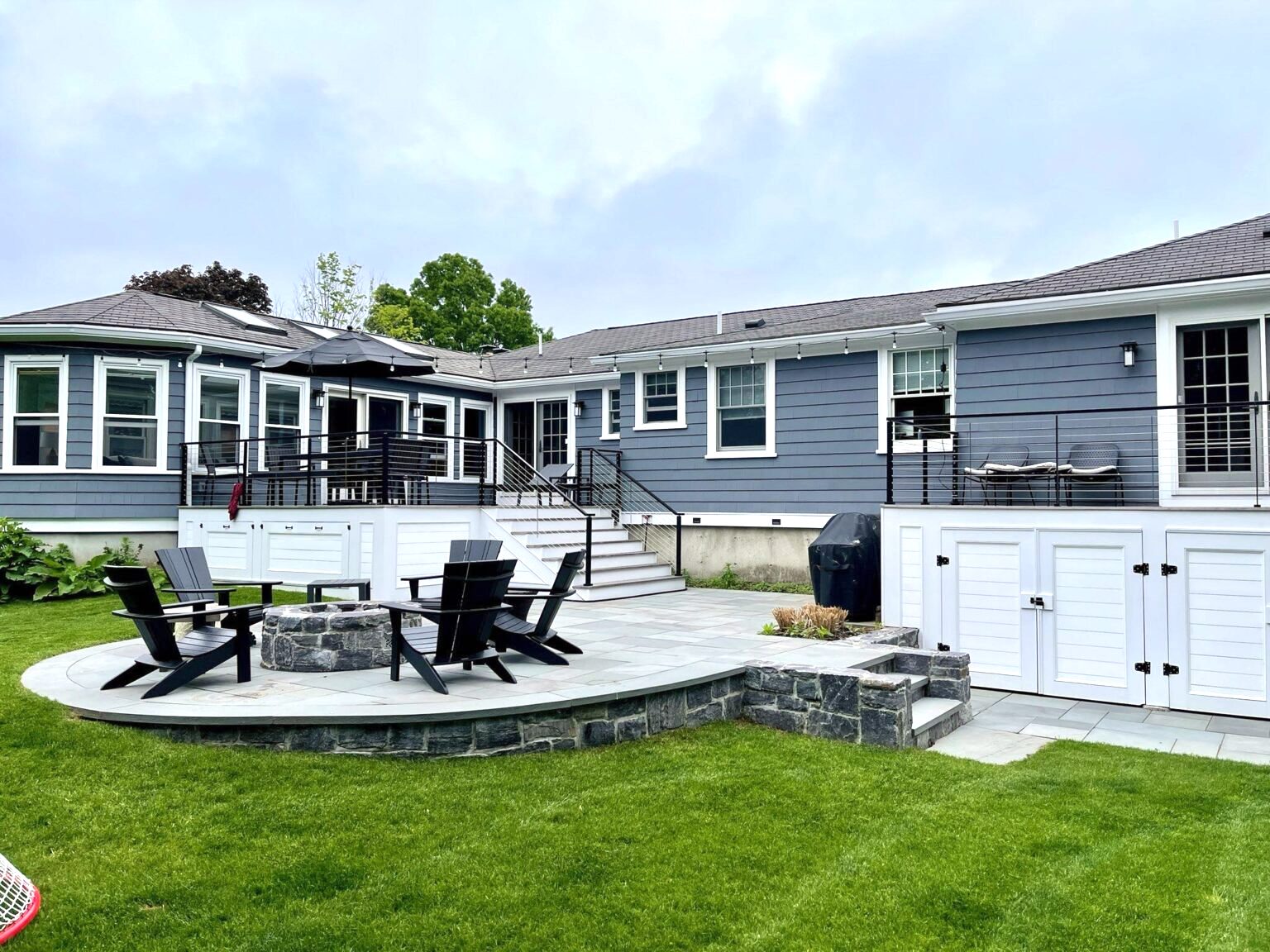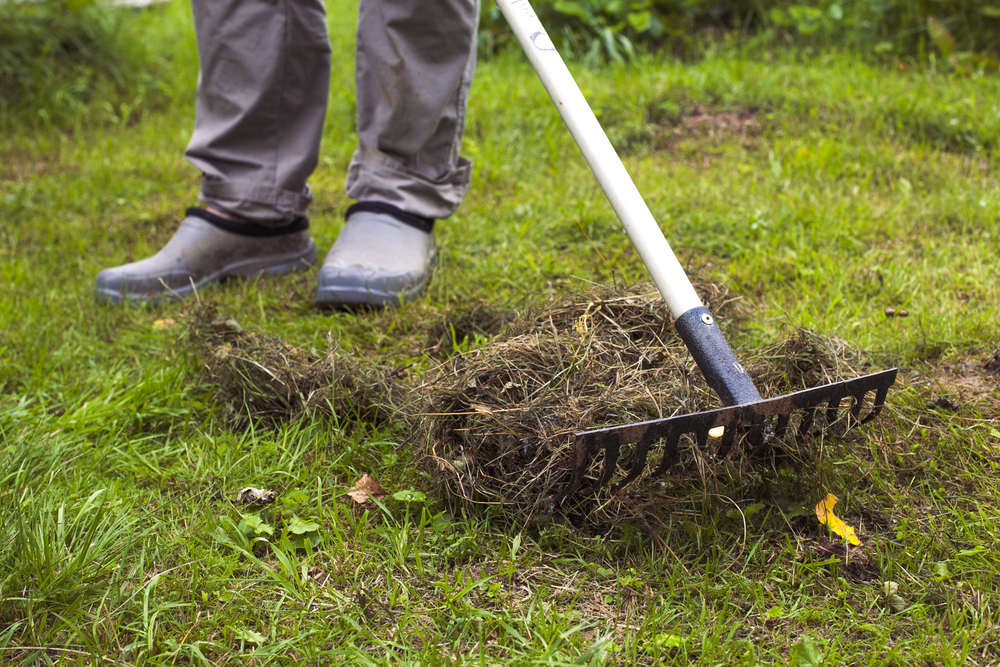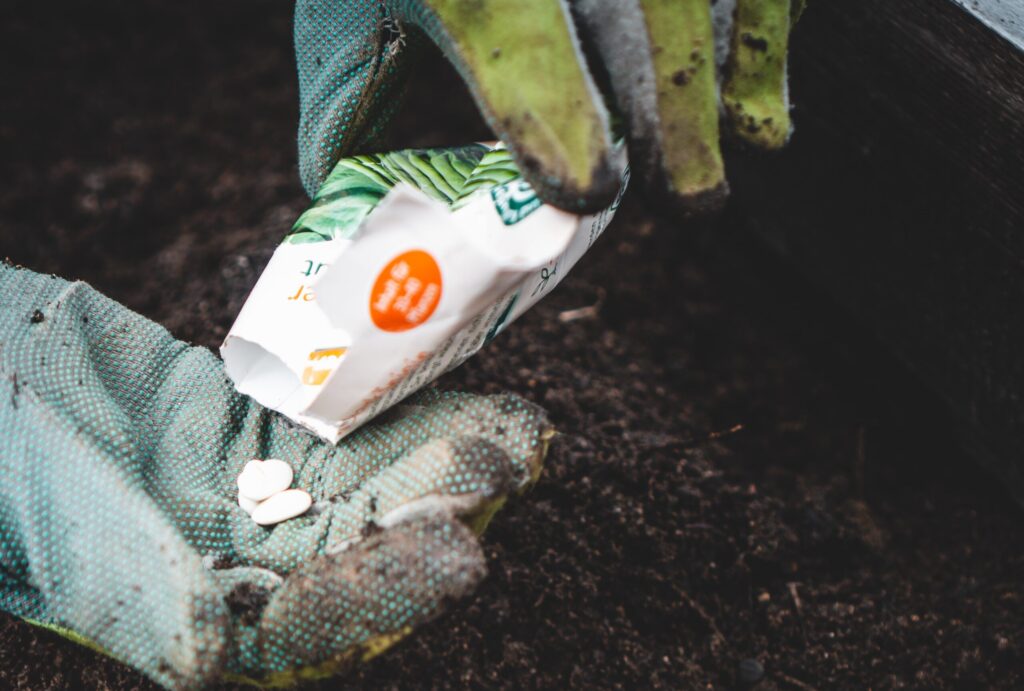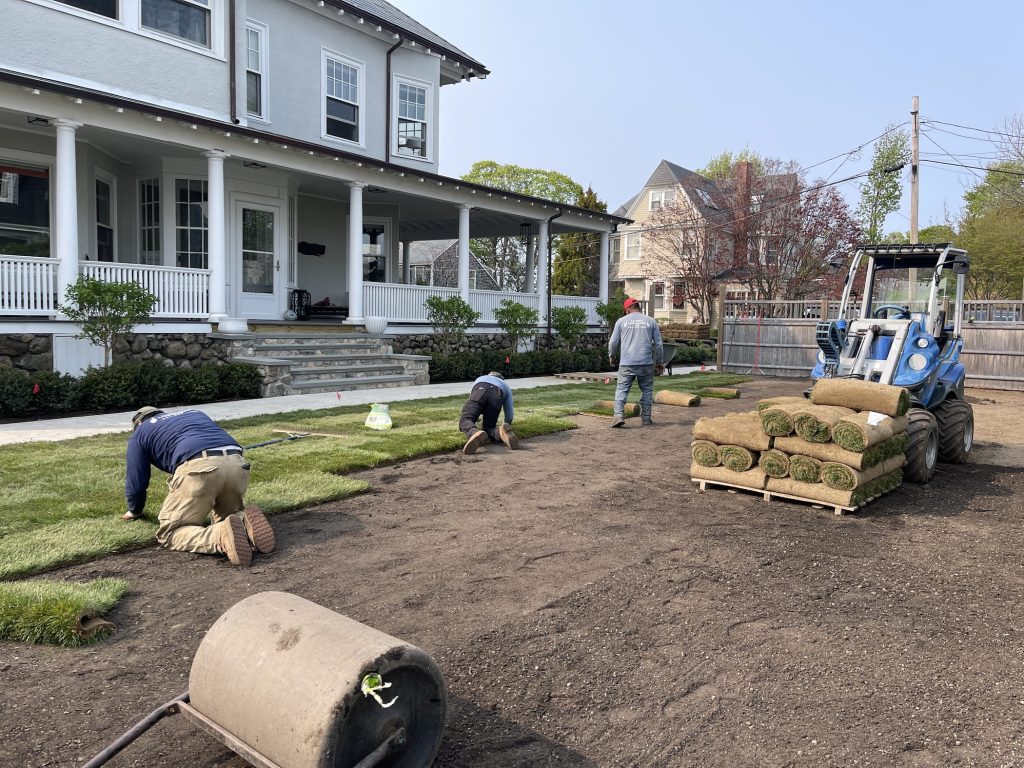
As a homeowner, there will come a time when you need to do more than basic maintenance on your landscaping. Maybe your family is growing, and you need to update your outdoor living space to accommodate more people. Maybe you purchased a new home, and your yard, beds, and rock work all need to be updated. Whatever the scenario, the single most important decision to make is “who will I hire to do this work?” Landscaping encompasses two main disciplines; hardscaping and softscaping. Hardscaping consists of stonework, retaining walls, patios, and fireplaces, while softscaping consists of designing and planting garden beds (ornamental or edible), lawn seeding and/or sodding, and mulching/maintaining bedded areas. Choosing a contractor can make or break any project, be it landscaping, construction, or home improvement. Many homeowners working on larger, complex projects that entail both hardscaping and softscaping find themselves wondering if hiring more than one contractor to get the job done is a good choice. This post will discuss why it is not a good idea to work with more than one contractor at a time, and how working with a premium landscaping contractor, such as Lassana’s, will save you money and headaches in the long run.
Streamlined Communication and Scheduling
Large landscaping projects have many detailed nuances, all of which need to be effectively communicated between the client and the contractor. Working with one, reliable contractor ensures that communication is direct and simple. Coordinating and communicating with multiple contractors can become a logistical nightmare. Scheduling conflicts and confusing communication preferences are more prevalent when using two or more contractors, and result in miscommunication, delays, and low-quality work.
In choosing to work with a single, high-quality contractor, you streamline communication and scheduling. When you and your contractor agree on a unified vision for the project, and you have a designated point of contact, installation of your hardscape features such as patios and walkways or retaining walls, and your softscape, like plants, flowers, and trees, is seamless. Integration of both your hardscaping and softscaping elements is cohesive, with a minimized risk of misunderstanding, allowing for simple decision-making and efficient progression of your project.
Consistency in Design and Execution
Various tasks are involved in creating the outdoor living space you desire, and there are multiple approaches to accomplishing them. The way one contractor does the work can vary wildly from another, even though both are doing the work “right”. For a cohesive look to your outdoor spaces, sticking with one contractor eliminates inconsistencies from differing design aesthetics, inconsistent materials, and differences in craftsmanship. Using multiple contractors will ultimately lead to discrepancies in the work, which will greatly detract from the overall harmony of your outdoor space. Your single contractor of choice will take into account your preferences to ensure that your shared vision is realized.
By working with only one contractor, you are ensuring consistency in design and execution throughout the entire project. From discovery and conceptualization to completion, your contractor can provide a homogenous and timely installation of your hardscaping and softscaping to complement your natural environment.
Cost Effectiveness and Accountability
Initially, it may seem that hiring multiple contractors will save money since many contractors will underbid each other to acquire business. This often leads to hidden expenses and unforeseen challenges, as conflicting schedules, managing subcontractors, and resolving conflicts tend to incur additional expenses and increase the timeline, thereby increasing your original budget.
In contrast, opting for a single contractor for both hardscaping and softscaping tasks offers greater cost-effectiveness and accountability. With a comprehensive understanding of the project scope and requirements, the contractor can provide accurate cost estimates upfront, eliminating the risk of unexpected expenses. Moreover, being accountable for the entire project encourages the contractor to prioritize efficiency, adhere to deadlines, and deliver high-quality results to maintain their reputation and client satisfaction.
Seamless Integration of Functionality and Aesthetics
A successful landscaping project seamlessly integrates both functional and aesthetic elements to create outdoor spaces that are as practical as they are beautiful. Hardscaping features such as pathways, seating areas, and retaining walls serve practical purposes, while softscape elements like plants and flowers add color, texture, and ambiance to the landscape.
Entrusting both hardscaping and softscaping tasks to a single contractor ensures the harmonious assimilation of purpose and beauty. The contractor can design and implement a holistic landscape plan that maximizes the usability and visual appeal of the outdoor space. Whether it’s incorporating drainage solutions into hardscape designs or selecting plant species that thrive in specific microclimates, a unified approach ensures that every element serves its purpose while enhancing the overall beauty and functionality of the landscape.
Conclusion
Choosing a single contractor for both hardscaping and softscaping tasks significantly influences project success. This unified approach streamlines communication, maintains design consistency, enhances cost efficiency and accountability, and achieves a seamless integration of form and function. Whether rejuvenating a residential backyard or revitalizing a commercial outdoor space, entrusting the entire project to a single contractor ensures the realization of your vision, resulting in a landscape that is both aesthetically pleasing and functional.

